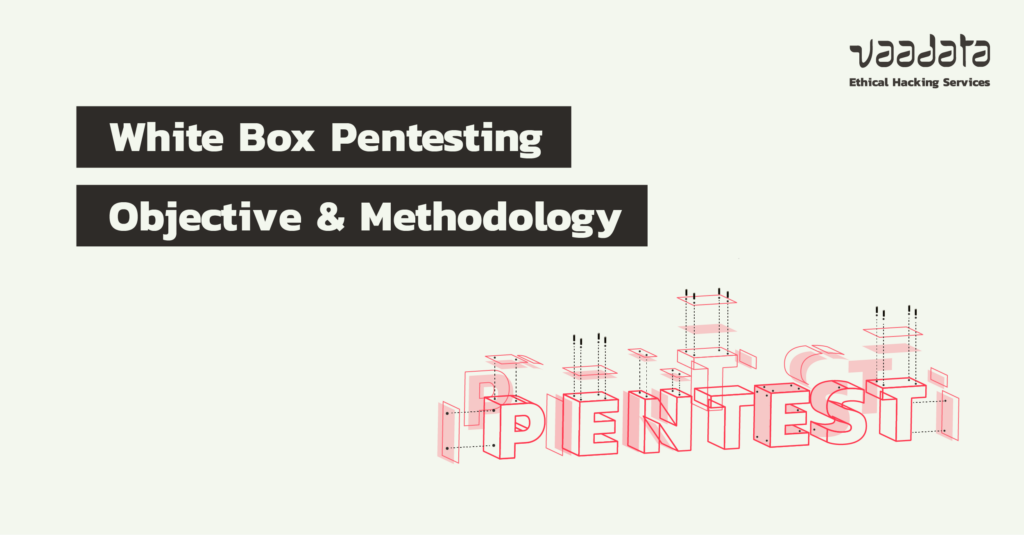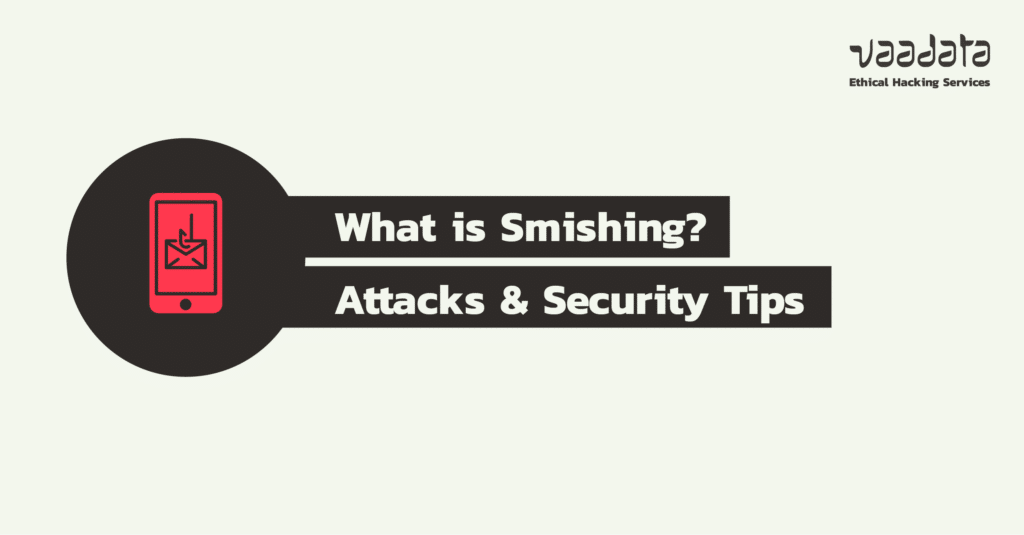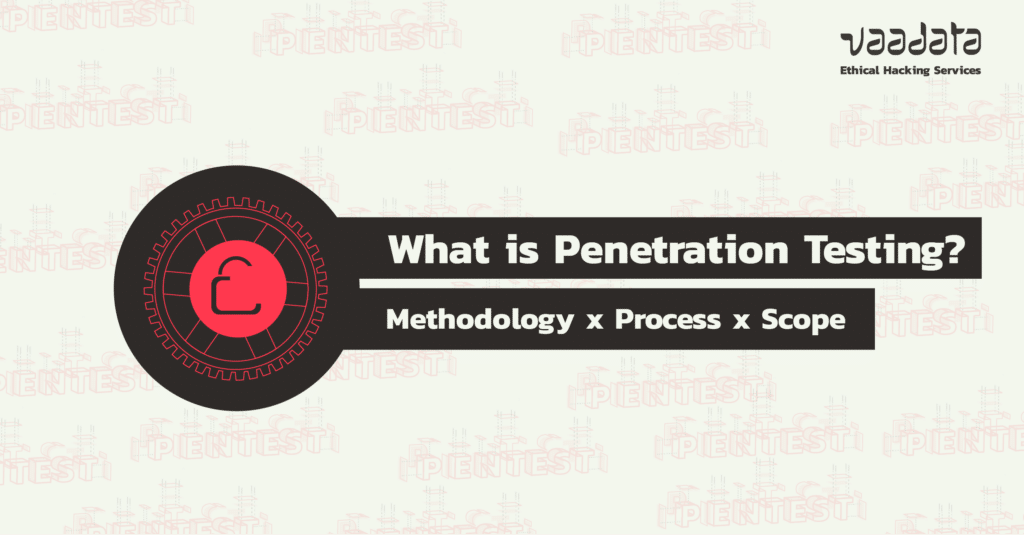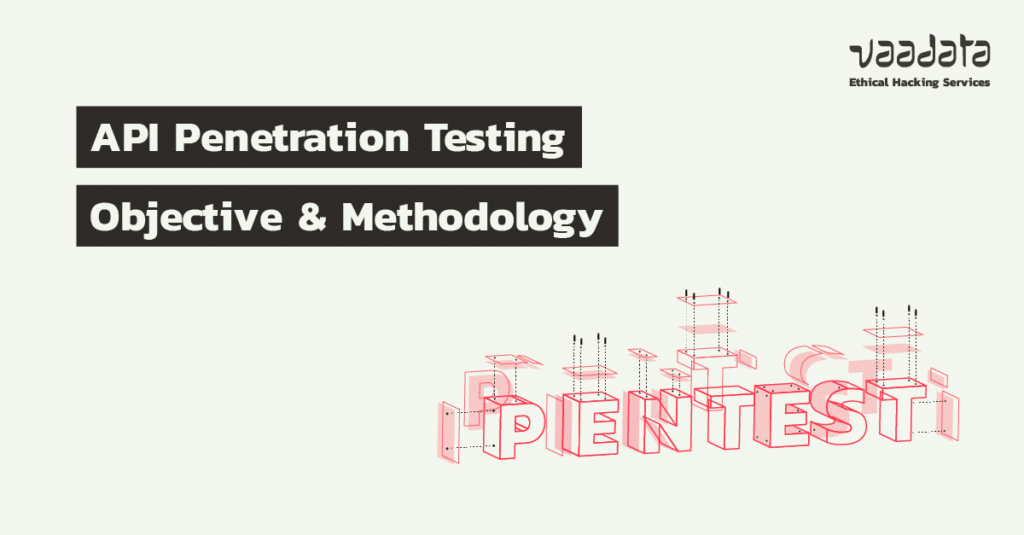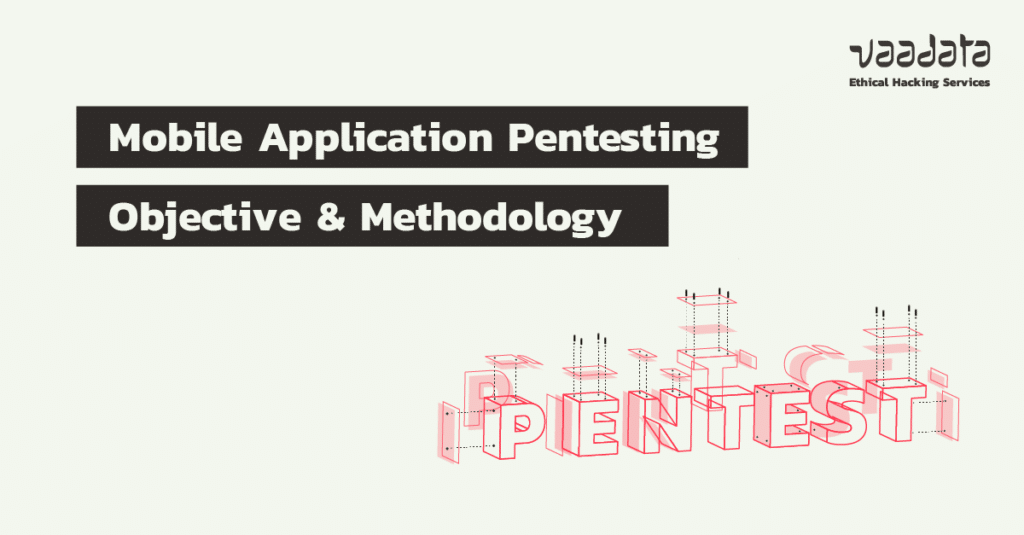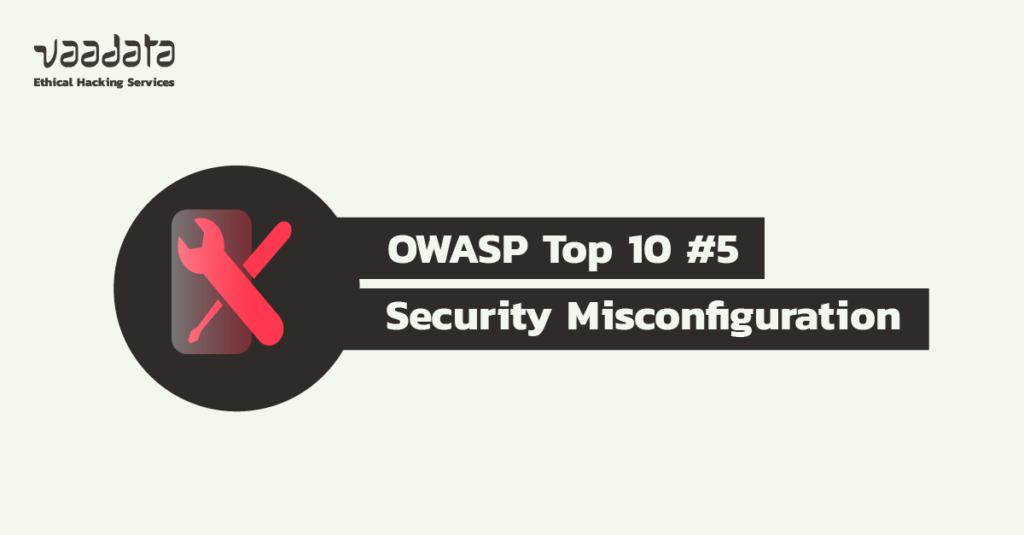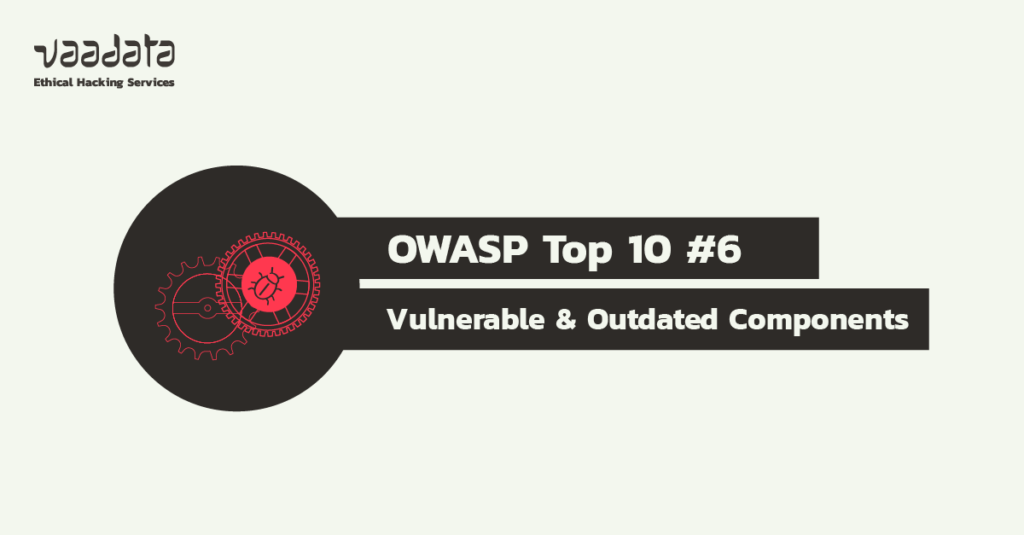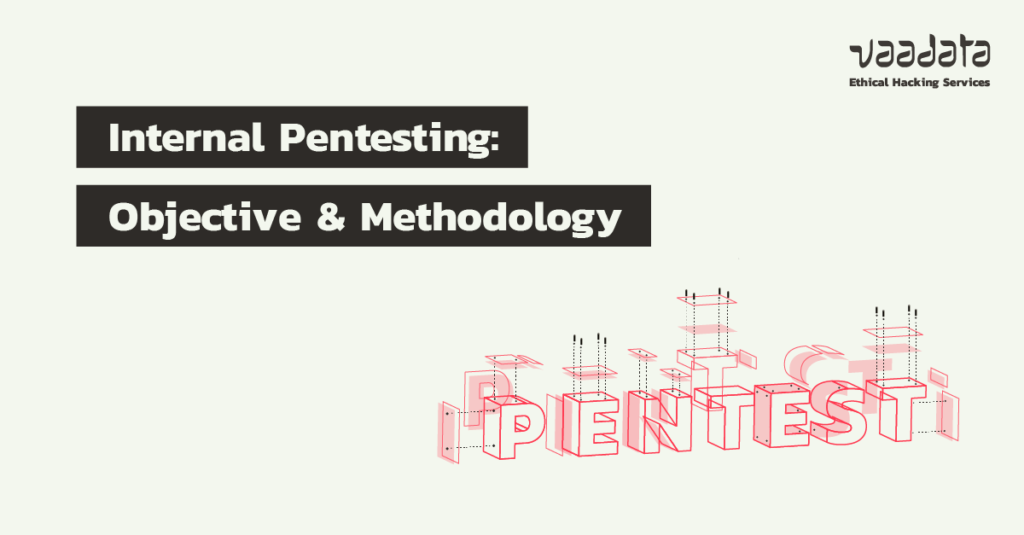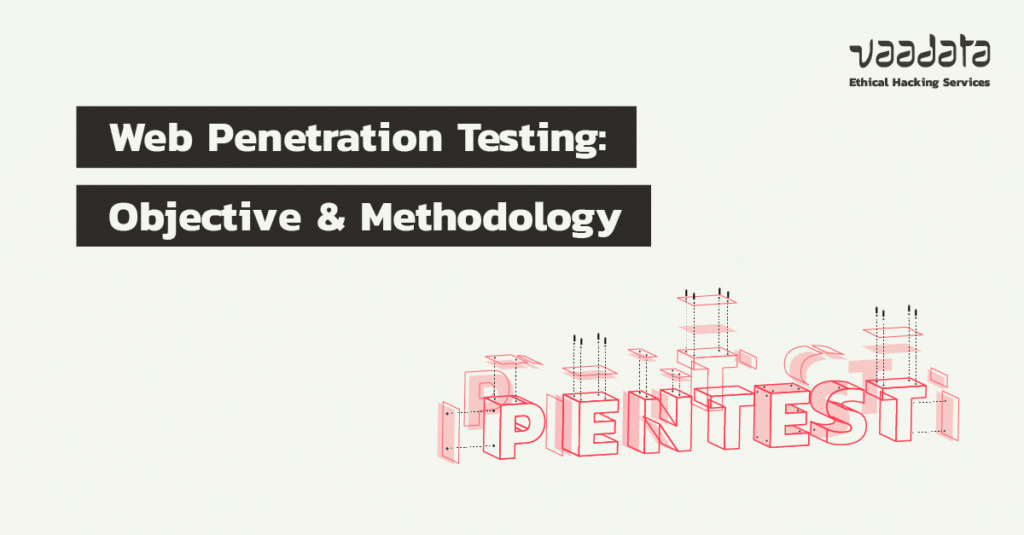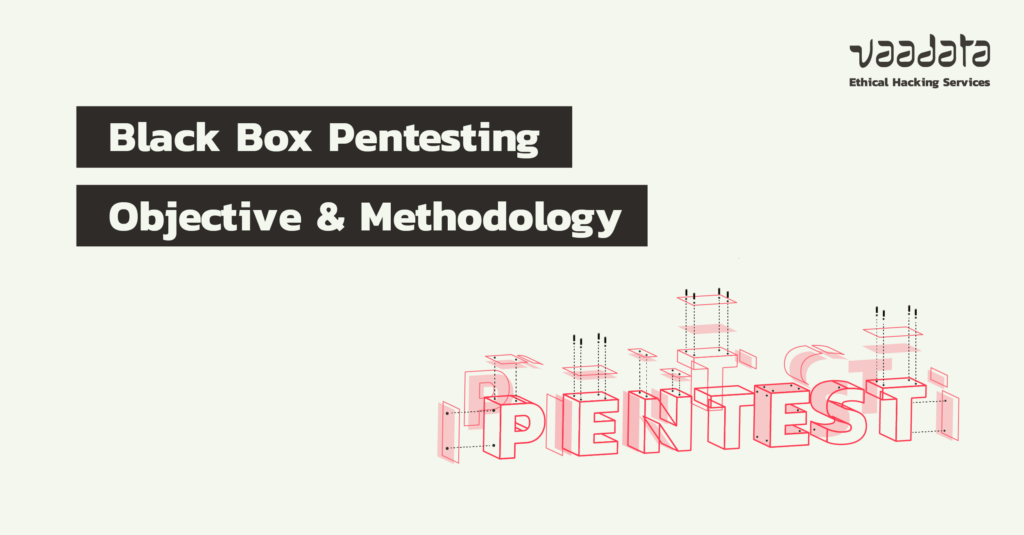
During a penetration test, we generally consider 3 test conditions: black, grey or white box.
These test conditions correspond to the levels of information provided to the pentesters in order to carry out a pentest on a specific target. While a white box pentest will consist of providing as much information as possible, during a black box penetration test, the pentesters will have no data on the test target.

